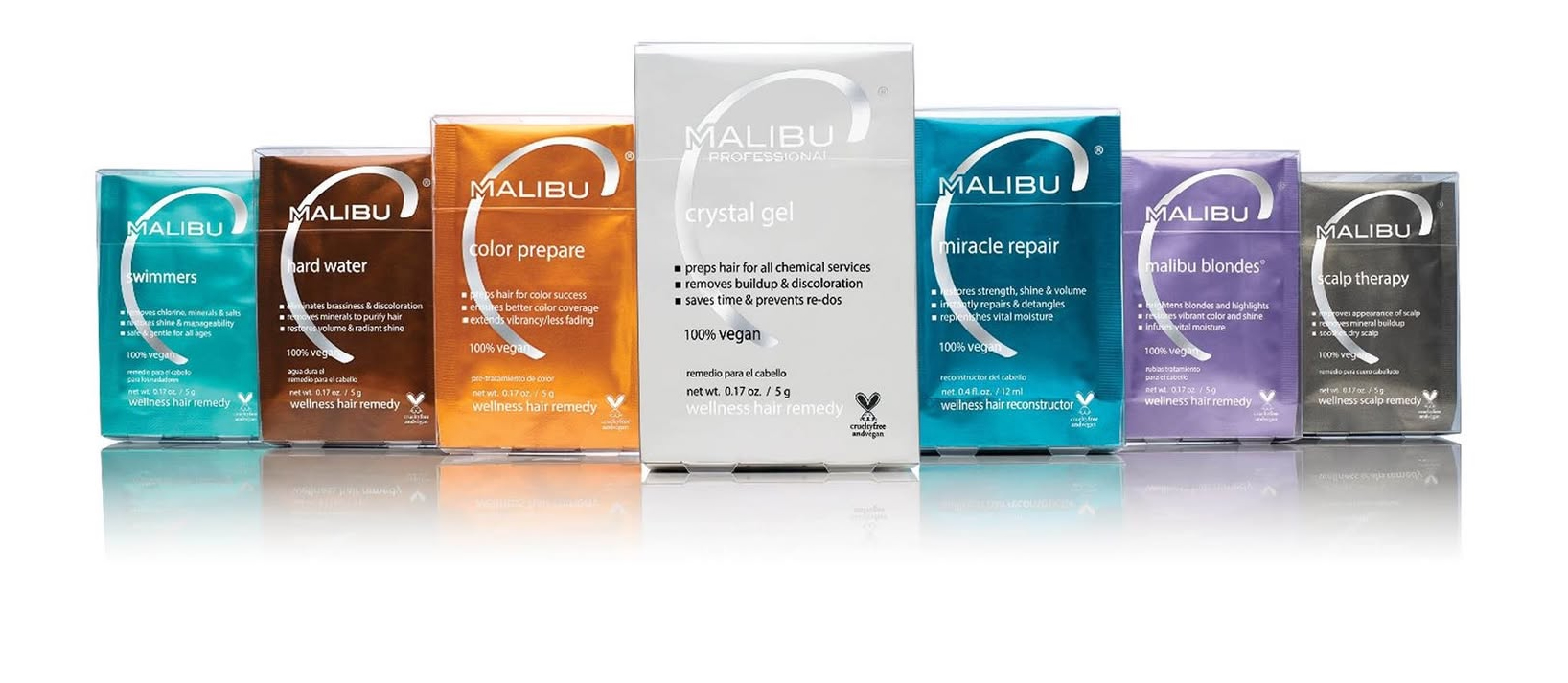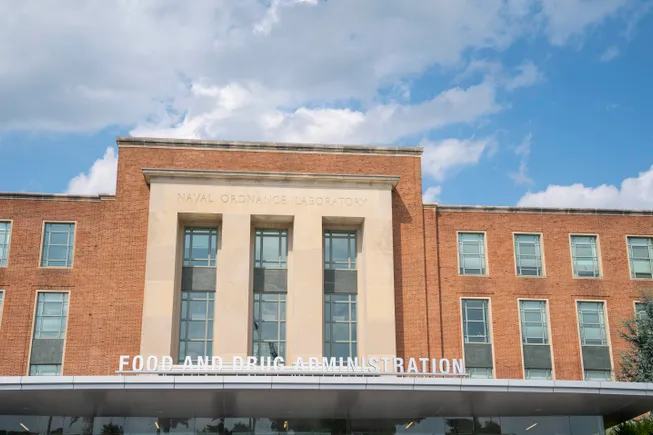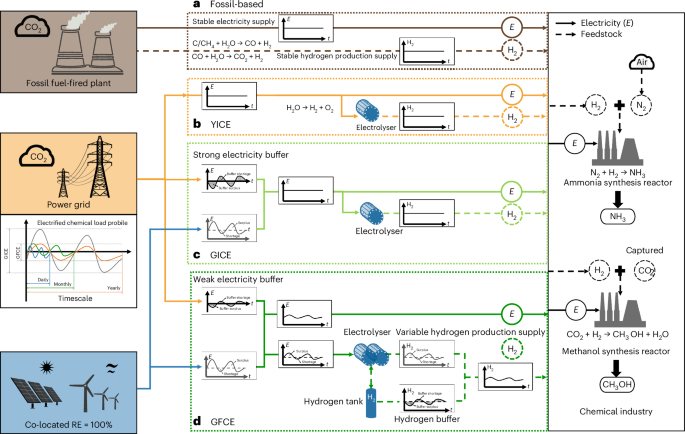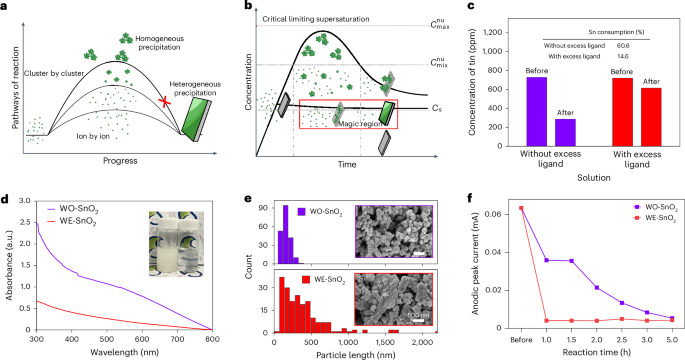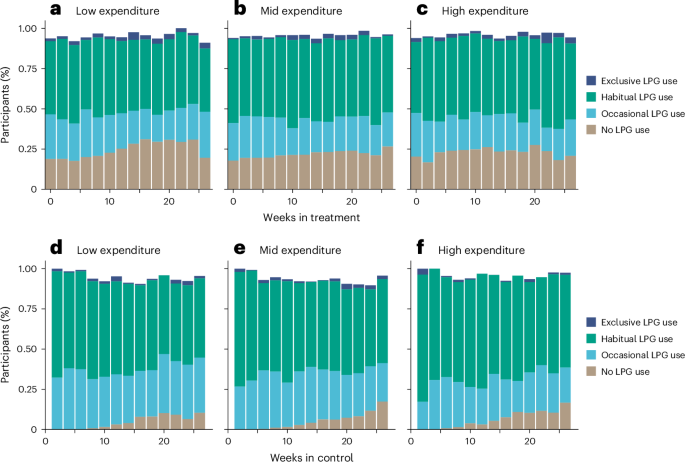Tissue‐Adhesive, Antibacterial, and Antioxidant Hydrogel Sealant for Sealing Colorectal Anastomotic Leakage and Preventing Postoperative Adhesion
Advanced Healthcare Materials, Volume 14, Issue 13, May 16, 2025.

A tissue-adhesive hydrogel sealant is developed by simply mixing oxidized hyaluronic acid, adipic acid dihydrazide-modified hyaluronic acid, ε-poly-l-lysine, and tannic acid. This hydrogel not only exhibits superior tissue adhesive strength and wound sealing performance, but it also effectively scavenges reactive oxidative species and kills bacteria. It is a promising treatment for preventing anastomotic leakage and adhesion formation after colorectal surgery.
Abstract
Surgical treatment of colorectal diseases typically involves excising the diseased portion of the bowel and anastomosing the remaining sections to reestablish continuity. Surgical suturing has limitations in preventing anastomotic leakage and postoperative adhesion. To address these challenges, a tissue-adhesive, antibacterial, and antioxidant hydrogel is designed to cover and seal colorectal anastomotic wounds. The hydrogel is formed in situ by simply mixing oxidized hyaluronic acid, adipic acid dihydrazide-modified hyaluronic acid, ε-poly-l-lysine, and tannic acid. The hydrogel exhibits a rapid gelation rate and self-healing ability. Compared with commercial fibrin glue, the hydrogel has superior tissue-adhesive strength and wound sealing performance. The hydrogel displays potent reactive oxygen species scavenging ability and antibacterial activity against both Gram-positive and Gram-negative bacteria. The hydrogel also exhibits good biodegradation and biocompatibility. In a cecum-abdominal wall adhesion model in rats, the hydrogel attaches firmly to the injured tissues and serves as a physical barrier to prevent adhesion formation. In anastomotic leakage models after colon resection in rats and rabbits, the hydrogel effectively seals the anastomotic leakage, prevents postoperative adhesion, and promotes anastomotic healing. Thus, this multifunctional hydrogel has strong clinical potential for preventing anastomotic leakage and adhesion formation after colorectal surgery.












































